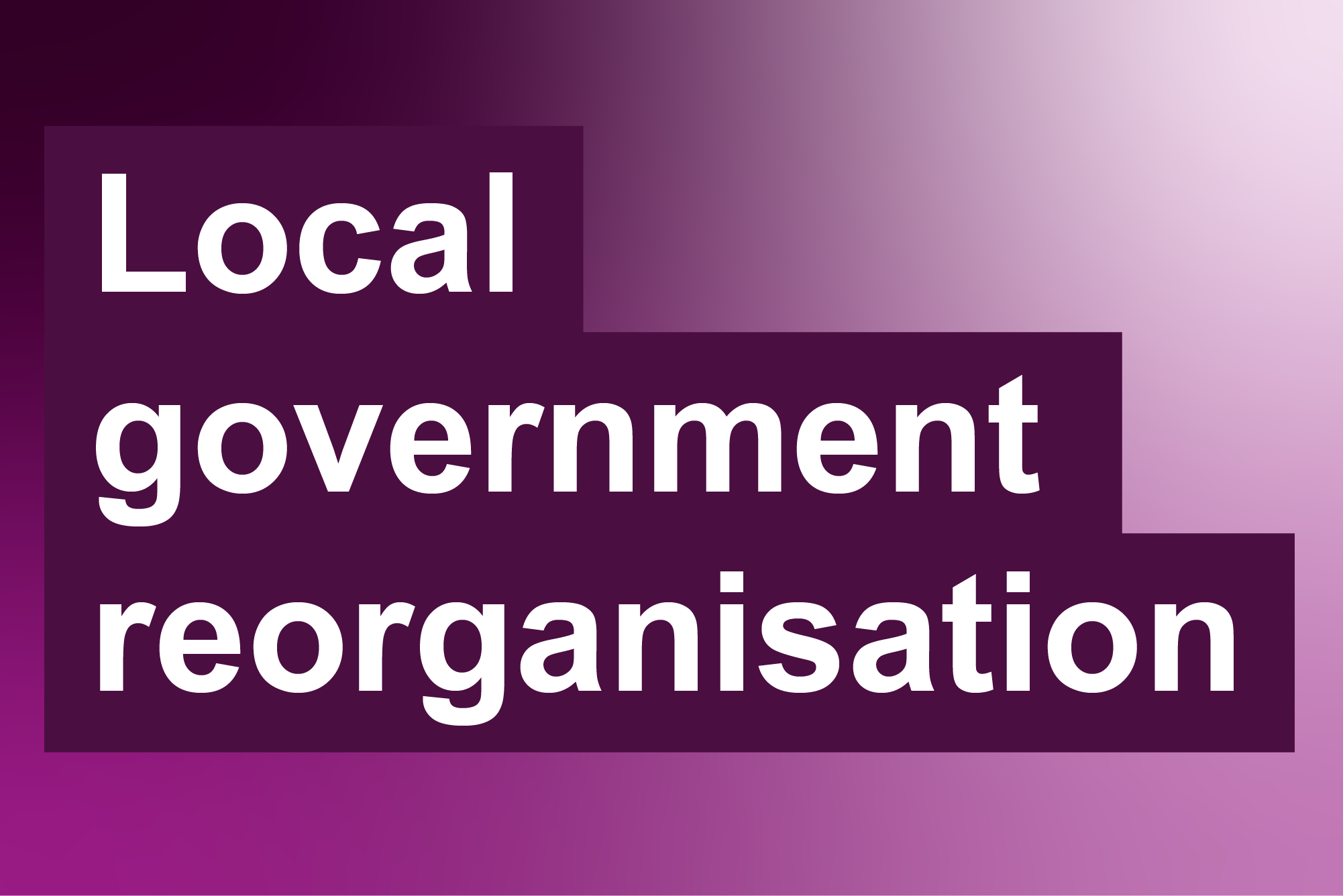

Navigating Change with Confidence
Local Government Reorganisation (LGR) in the UK seeks to streamline governance, enhance service delivery, and drive cost-efficiency by transitioning from two-tier systems to single-tier unitary authorities. As councils undertake this complex transformation, the Engage Process platform has been positioned as a vital enabler of success across several core areas.
Local Government Reorganisation (LGR) in the UK seeks to streamline governance, enhance service delivery, and drive cost-efficiency by transitioning from two-tier systems to single-tier unitary authorities. As councils undertake this complex transformation, the Engage Process platform has been positioned as a vital enabler of success across several core areas.
1. Process Mapping and Redesign for all services
Engage Process enables councils to explore, design and improve the service processes across merging authorities. The key role for Engage Process in LGR is to find new ways for experienced teams to work together; redesigning the work they have been doing into highly effective and efficient new propositions. This involves asking stakeholders to consider, 'how did you use to work, how did I use to work, and how shall we work together moving forward.' This facilitates:
- Identification of duplicative functions.
- Comparison of operational differences.
- Standardisation of best practices into a unified model.
By capturing and reengineering end-to-end workflows, Engage Process supports smoother integration of departments and services.
2. System Integration and Digital Transformation
LGR often involves aligning legacy technology systems from different councils. Engage Process assists in:
- Mapping out system dependencies within service processes - what is used and where.
- Identifying integration and automation points releasing the potential of RPA and AI.
- Planning for system consolidations and upgrades.
This clarity reduces the risks of disruption and helps define future-state digital architecture.
3. Cost Savings and Efficiency Gains
As councils aim to achieve the forecasted £2.9 billion in savings over five years, Engage Process enables targeted efficiencies through:
- Process simplification.
- Identification of bottlenecks and non-value adding steps for customers that could be eliminated from the process.
- Automation readiness assessment.
- Identification of manual and redundant tasks suitable for digital transformation.
- Cost-benefit analysis.
This data-driven approach aids in prioritising changes that deliver measurable impact.
4. Stakeholder Engagement and Transparency
Engage Process fosters collaboration among internal teams and external stakeholders by:
- Facilitating workshops for subject matter experts to explore processes and identify opportunities for improvement and savings.
- Providing clear, accessible process visuals.
- Providing a platform for continuous improvement.
- Supporting change management with transparent documentation.
This promotes accountability and people-driven change and encourages alignment throughout the reorganisation journey.
5. Conclusion
The Engage Process platform plays a strategic role in delivering the ambitions of LGR-helping councils streamline services, integrate systems, reduce costs, and improve citizen outcomes. As local authorities evolve, Engage Process offers the clarity and agility needed for a successful transition to modern governance.
Case Study: Supporting North Yorkshire Council's LGR Journey
North Yorkshire Council's transition to a unitary authority exemplifies how Engage Process enables evidence-led transformation during Local Government Reorganisation (LGR). The council has actively integrated Engage Process to manage structural, cultural, and operational shifts in a sustainable way.
Key outcomes:
- Process Capture and Insight: Over 1000 processes across multiple service areas were mapped and analysed to optimise the newly formed service delivery, with approximately 200 'as-is' (current state) processes supporting the seamless implementation of a new financial system.
- Standardising Best Practice: Engage Process enabled the consolidation of diverse legacy processes--standardising functions that previously differed across eight district councils--into unified, best-practice workflows.
- Stakeholder Engagement: Staff were initially hesitant to adopt new technologies but quickly embraced Engage Process due to its intuitive visuals and collaborative capabilities. The platform allowed frontline staff and SMEs to directly engage in mapping, increasing buy-in and alignment with real-world service delivery.
- Customer-centric Improvements: The redesign of services focused on improving customer experience by aligning processes more closely with user needs.
- Continuous Improvement Culture: North Yorkshire Council is embedding Engage Process across all transformation projects, promoting a self-serve model that empowers teams to map and improve processes independently. This also fosters benchmarking and innovation through knowledge-sharing with other councils.
Engage Process not only facilitated a smoother transition, it helped to set a standard for how local authorities can manage change effectively, sustainably, and with clear operational insight.
Download their business case here to learn more.
Case Study: Service Design and Process Mapping at Somerset
Following the merger of Sedgemoor District Council into Somerset Council as part of LGR, the newly formed Service Design and Change Team has played a pivotal role in developing a culture of collaborative Service Redesign, and building a Target Operating Model (TOM) that encourages Continuous Improvement throughout the organisation.
Watch this virtual session with Rachael Dixon, Service Design & Change Lead at Somerset Council, to see how Engage Process has supported these efforts in:
- Creating a user-driven change culture.
- Embedding service design in times of uncertainty.
- Using tools like Engage Process to streamline, visualise, and enhance service delivery.
- Realising cost savings and efficiencies through collaborative redesign.
- Lessons from Somerset Council’s Local Government Reorganisation journey.
View the recording here
Access the Slidedeck here
View the Somerset Council Target Operating Model here
SDC Process Design Manual here

